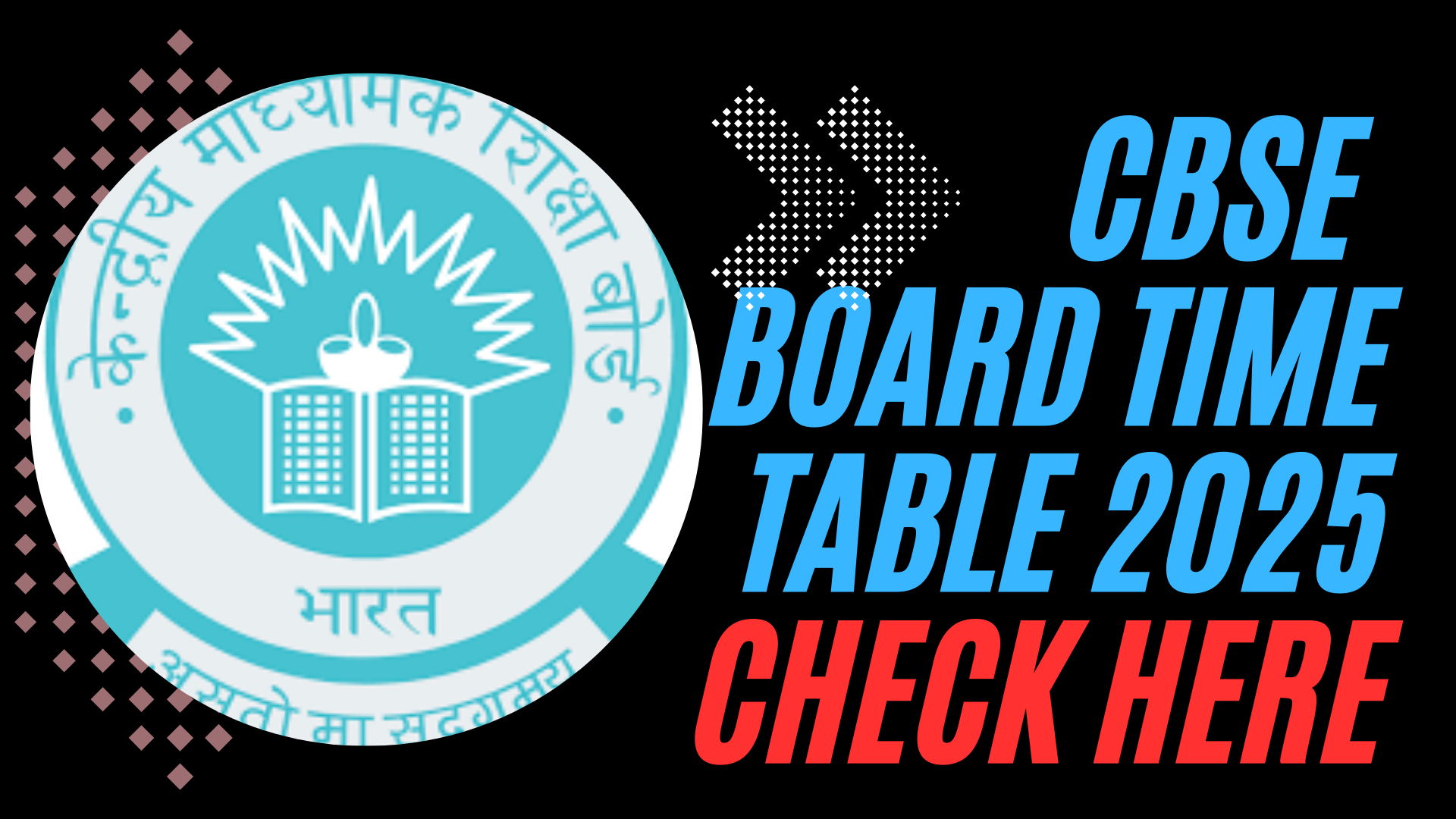Education is evolving. For generations, classrooms have been dominated by rigid structures, stressful tests, and results-driven methodologies. But in a world that demands adaptability, creativity, and emotional intelligence, traditional systems are being reimagined. One such innovative approach is using emojis on school report cards. While it might sound unconventional, this idea aligns with a broader shift toward more engaging, inclusive, and creative methods of education.
The Case for Creativity in Classrooms
Creativity is the backbone of personal and professional success. It helps students thrive not just academically but also emotionally and socially. Yet, in traditional classrooms, creativity often takes a backseat. With a relentless focus on grades, standardized testing, and rote memorization, students lose the chance to explore, imagine, and innovate.
However, change is underway. Many educators around the world are finding ways to inject creativity back into the classroom, making learning more enjoyable and impactful. The use of emojis on report cards is one such example of embracing change.
How Emojis Are Transforming Education
Kerala’s Experiment with Emojis
In Kerala, India, primary schools have introduced emojis to replace traditional grades. Instead of an intimidating “F,” a child might see a 😔, while a top-performing student might receive a 😍 instead of an “A.”
The aim is to make assessments less stressful and more relatable. Emojis, a universal and fun language, reduce the trauma associated with poor grades and foster a light-hearted approach to learning.
Beyond India: Global Adoption
- United Kingdom: Schools are using emojis to teach literature. Students summarize stories like Shakespeare’s plays with emojis, helping them express their understanding in a creative and concise manner.
- Australia: Emojis are used for feedback. Children share their thoughts on school initiatives, creating an open and playful communication channel.
Research supports this trend, highlighting that combining text and emojis enhances understanding and self-expression, especially for younger students.
Advantages of Emojis in Education
- Reducing Stress and Fear of Failure
Traditional grading systems can be intimidating, leaving students anxious about assessments. Emojis add a sense of humor and relatability, softening the blow of poor performance and encouraging improvement without fear. - Encouraging Self-Expression
Emojis give children a way to articulate their thoughts and emotions more effectively. This is especially helpful for younger students or those struggling with language barriers. - Fostering Creativity
Summarizing stories, feedback, or even report card comments with emojis requires students to think creatively, finding the best visual representation of their thoughts. - Speaking the Language of Digital Natives
Today’s children are growing up in a digital world where emojis are a natural form of communication. Using emojis in education bridges the gap between formal learning and their everyday lives.
Other Innovations in Creative Education
Emojis are just one piece of the puzzle. Around the world, educators are exploring new ways to make learning engaging and meaningful:
- AI and Social Media as Learning Tools
- Teachers are leveraging platforms like TikTok to teach traditionally “boring” topics in fun, relatable ways.
- AI filters show students what their future careers might look like, helping them visualize aspirations.
- Student-Designed Curricula
In places like Reggio Emilia, Italy, students collaborate with artists, teachers, and researchers to design their curriculum. This “by the students, for the students” approach empowers them to take ownership of their education. - Play-Based Learning
Play and creativity are at the heart of effective education. Schools worldwide are emphasizing collaborative projects, hands-on activities, and arts integration to make learning enjoyable and memorable.
What Can We Learn?
Emojis, AI, and creative frameworks demonstrate that education doesn’t have to be rigid or uninspired. While there’s no one-size-fits-all solution, the common thread in these innovations is a focus on engagement, self-expression, and adaptability.
Embracing these methods requires effort and an open mind, but the benefits are immense: students who are more empathetic, imaginative, collaborative, and ready to thrive in the real world. Education isn’t just about imparting knowledge; it’s about igniting curiosity, nurturing creativity, and fostering lifelong learners.
So, the next time you see a smiley face or a heart-eyes emoji on a school report card, know that it represents more than a grade—it symbolizes a step toward a brighter, more inclusive future in education.
Also Read: Australia Considers Banning Children from Using Social Media
Follow US





